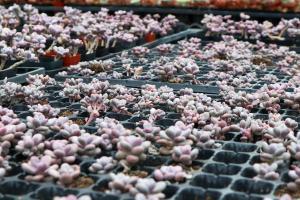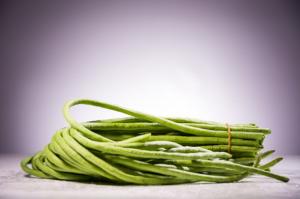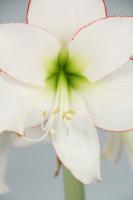How Often to Water Indoor Plants in Winter
Indoor plants require less water during winter months because of the decreased levels of sunlight and cooler temperatures. Overwatering your plants can lead to root rot and other problems, while underwatering can cause your plants to wilt and die. Finding the right balance of moisture for your indoor plants can be a challenge, but with a few simple tips, you can keep your plants happy and healthy all winter long.
Factors to Consider
Knowing when to water your indoor plants in winter depends on a number of factors, such as the type of plant, the size of the pot, the temperature and humidity levels in your home, and the amount of natural light your plant is receiving. Generally speaking, small pots and plants with shallow root systems require more frequent watering than larger plants in bigger pots with deeper root systems.
Signs of overwatering
Overwatering indoor plants in the winter is a common mistake made by many plant owners. Signs of overwatering include yellowing leaves, a weak stem, and leaf drop. You should also check the soil for signs of moisture. If the soil is wet to the touch, it is a clear indication you need to reduce watering your plant until the top layer feels dry to the touch.
Signs of underwatering
Underwatering is a more common problem for indoor plants during winter than overwatering. Signs of underwatering include droopy or wilted leaves, slow growth, and yellowing of the leaves. The soil will also appear dry and dusty to the touch.
How to Water Indoor Plants in Winter
Watering indoor plants in winter requires a different approach than during the summer months. Instead of a regular watering schedule, you should create a schedule based on the needs of your individual plants. Water your plants only when the top inch of soil is dry to the touch. When you water your plants, be sure to water them slowly and deeply. This will ensure that the water reaches the roots at the bottom of the pot, which is especially important during winter months when the soil can dry out quickly due to the dry air common in heated homes during cold weather.
Conclusion
Watering indoor plants in winter requires a delicate balance of timing, amount and frequency. It is important to remember that every plant has different needs and requires a different approach to watering. By keeping an eye on the moisture content of your soil and the signs your plant is displaying, you can find the right balance that will help your indoor plants thrive throughout the winter season.

 how many times do yo...
how many times do yo... how many planted tre...
how many planted tre... how many pine trees ...
how many pine trees ... how many pecan trees...
how many pecan trees... how many plants comp...
how many plants comp... how many plants can ...
how many plants can ... how many plants and ...
how many plants and ... how many pepper plan...
how many pepper plan...
































